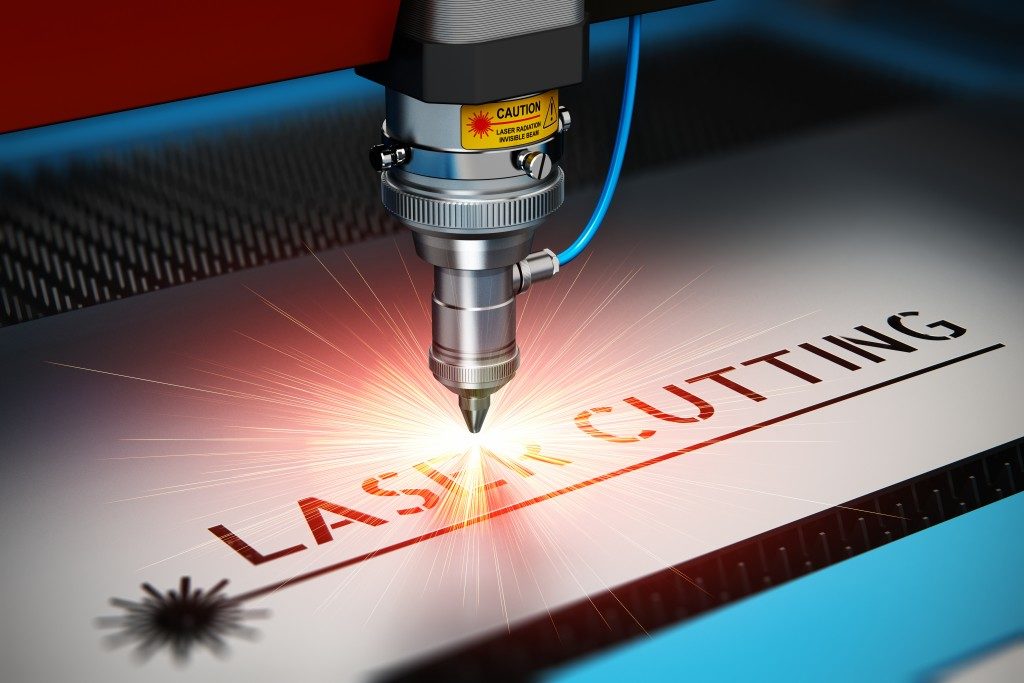Granite, stone, wood, and the other heavy materials used in construction were in the past quite hard to cut. As such, most people settled for basic designs when using these materials to minimize the cuts they had to make. Thankfully, technology has solved the issue of making precise cuts and eased working with even the heaviest materials by introducing laser cutters to the market. In laser cutting, a focused beam cuts into different materials at varying depths.
Buying a laser cutter for engraving on bricks and other heavy materials is the best way to make precise cuts and remain safe since it is a no-contact process. Even so, some construction and tombstone workers are apprehensive of letting go of traditional chisels and other cutting tools. This is because they have fallen for the myths on laser cutting being peddled by people who are none-the-wiser.
Here ‘s why some of the things you might have heard about laser cutting are misconceptions:
Laser Cutters are Too Big and Costly For Small Tasks
Everyone appreciates that automation will significantly increase the quality output and productivity of their work. Most medium and small-scale stores nonetheless assume that a laser cutter requires a significant investment and will take up much of their floor space. While this might have been the case with stand-alone laser cutters in the past, nowadays, there are hand-held cutters. These are inexpensive, will not consume your floor space, and can be programmed to automate different tasks.
Shop Air-Assisted Cutters Need High Pressure and Air Supply Volumes
The introduction of shop air-assisted technology is among the most significant advancements in laser cutting. Shop air will primarily contain nitrogen and small oxygen concentrations. Pure nitrogen increases a cutter’s speeds while oxygen heats the cutter to enhance the speeds. This technology neither needs a high-pressure line nor a dedicated compressor. The cutting can be done with a regular 100PSI shop-air line.
High Wattage Is Essential For Competitive Cutting Speed

High power lasers cut thick materials and will have optimal productivity when used on thin materials. Even so, high wattage for your laser cutter will not necessarily mean higher productivity and a better cut. The primary element that determines your laser’s cutting quality is the power density you use. A 2000- watt laser can, for instance, generate a focused and quality beam that cuts through your material faster compared to a 3000-watt laser.
In-House Maintenance Departments Cannot Handle Modern Lasers
For some companies, investing in laser cutters will mean getting another expert for their maintenance. This is because they assume the machines are too sophisticated for their in-house teams to maintain and repair. Computer controls have, however, eased the diagnosing of laser issues and the control of different elements during their maintenance. This means you need not have an extra budget for professional maintenance.
With the myths above busted, you are now sure that investing in a laser cutter might be the best thing for your venture. You can start with one laser cutter that handles multiple tasks such as drilling, marking, and engraving. Over time, you can get several cutters as your profits grow.

